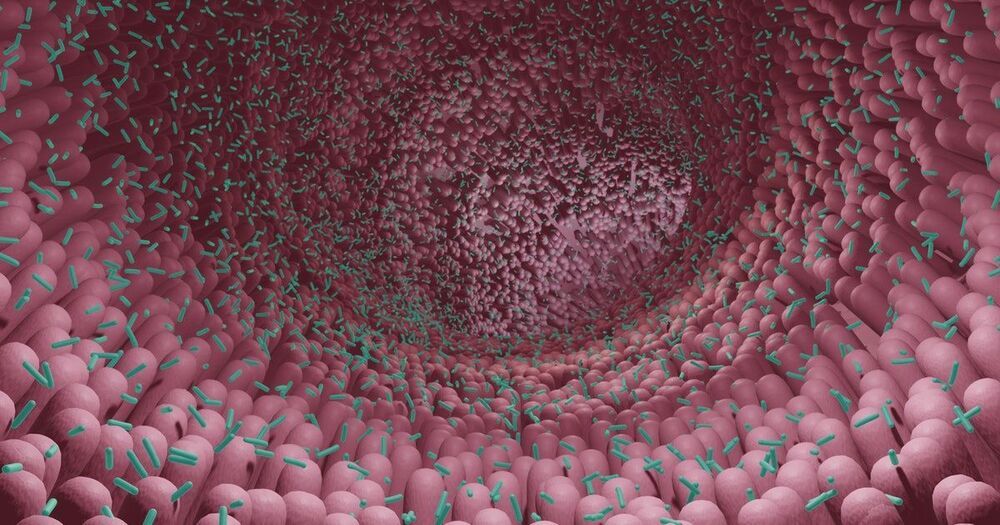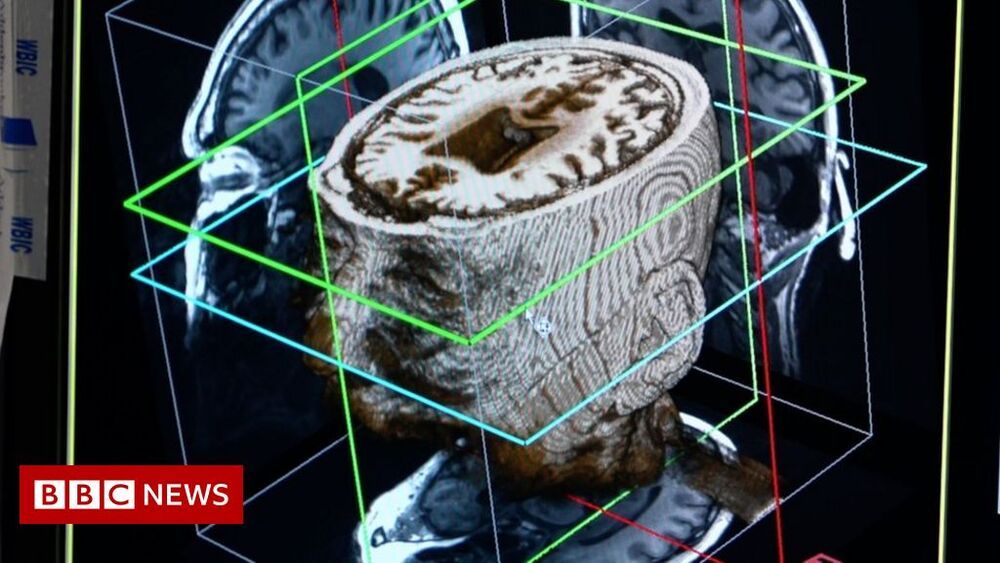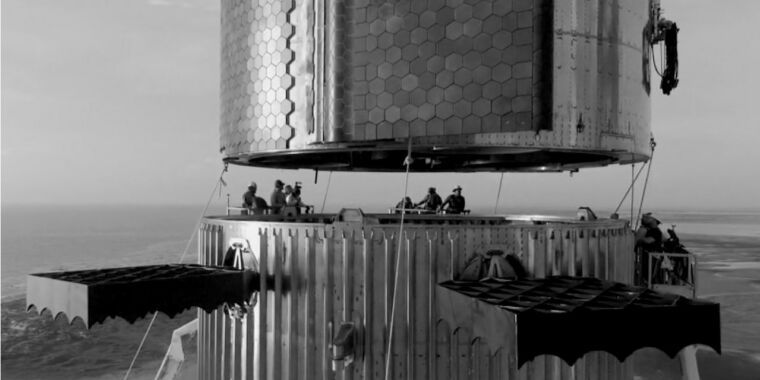These amazing aerial shots provide a unique perspective of our planet.


Learn More.
World Economic Forum.
Would you like to live on Mars for a year?
Learn more about what it’s like living in space.
Being forced into isolation and confinement creates a number of potentially stressful demands. However, we might be able to learn a thing or two about coping with these demands, from people who choose a life in such settings.


About 2,000 light-years away from Earth, there is a star catapulting toward the edge of the Milky Way. This particular star, known as LP 40–365, is one of a unique breed of fast-moving stars—remnant pieces of massive white dwarf stars—that have survived in chunks after a gigantic stellar explosion.
“This star is moving so fast that it’s almost certainly leaving the galaxy…[it’s] moving almost two million miles an hour,” says JJ Hermes, Boston University College of Arts & Sciences assistant professor of astronomy. But why is this flying object speeding out of the Milky Way? Because it’s a piece of shrapnel from a past explosion—a cosmic event known as a supernova—that’s still being propelled forward.


This axion insulating state was realized, Bansil says, by combining certain metals and observing their magnetoelectric response. In this case, researchers used a solid state chip composed of manganese bismuth telluride, which were adhered together in two-dimensional layers, to measure the resulting electric and magnetic properties.
Researchers note that such a finding has implications for a range of technologies, including sensors, switches, computers, and memory storage devices, among many others. The “storage, transportation, and manipulation of magnetic data could become much faster, more robust, and energy-efficient” if scientists can integrate these new topological materials into future devices, the researchers write.
“It’s like discovering a new element,” Bansil says. “And we know there’s going to be all sorts of interesting applications for this.”
VLADIVOSTOK, Russia — To see Russia’s ambitions for its own version of Silicon Valley, head about 5,600 miles east of Moscow, snake through Vladivostok’s hills and then cross a bridge from the mainland to Russky Island. It’s here — a beachhead on the Pacific Rim — that the Kremlin hopes to create a hub for robotics and artificial intelligence innovation with the goal of boosting Russia’s ability to compete with the United States and Asia.
On Russia’s Pacific shores, the Kremlin is trying to build a beachhead among the Asian tech powers.



And ArsTechnica seems to be totally missing the point as “delaying” Starship for SOUND AND PRACTICAL SAFETY AND ENVIRONMENTAL QUESTIONS is not ‘delaying’ progress and one needs to simply ask why SpaceX “engineers” can’t up their game enough to actually answer or address those legitimate questions? The answer is rather simple, they probably CAN but the person “in charge” has no with to, incentive to, or will to do so because he sees anyone that questions him as ‘unreasonable opposition’ rather than legitimate concern. Starship could crash and burn on the orbital flight and it would not make a difference at all to the ‘world’ in general. We can and have recovered from worse numerous times while advancing technology and transportation. The FACT that Musk, (and his many rapid fans) somehow “assume” that he and only he can ‘advance’ space access are very much proof that this is not about engineering, ability or purpose but strictly about ego.
To the FAA, Musk seemed to be saying, federal regulators must do their part to ensure the future arrives on schedule. Just as the 20th-century skyscrapers marked the beginning of a new era and eventually launched America into a prosperous future of finance, communication, marketing, and more, the 21st century now beckons.
The skyscraper age will soon give way to the space age.
Holding back Starship means holding back this progress, Musk wanted regulators to understand. For no longer does our vision stop in the clouds—it extends far, far beyond them. During the last five decades, humans have begun to explore the Solar System. Now it is time to extend commerce there and settle humans on new worlds. Some people oppose this vision, of course, but Musk is counting on government ultimately being on the side of industry and progress.